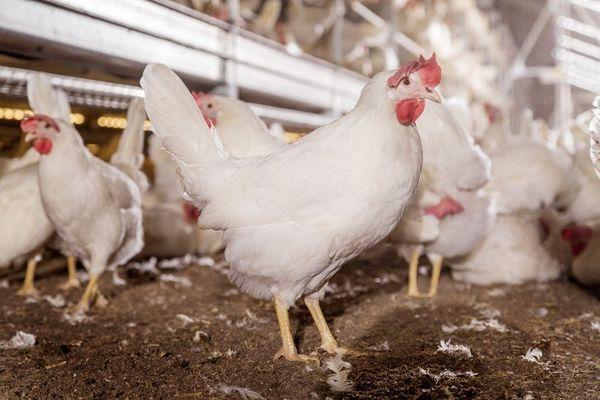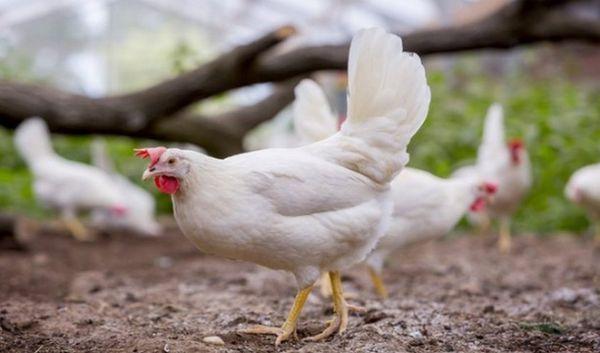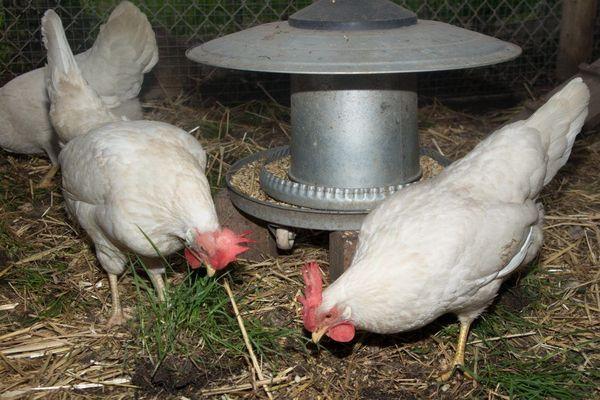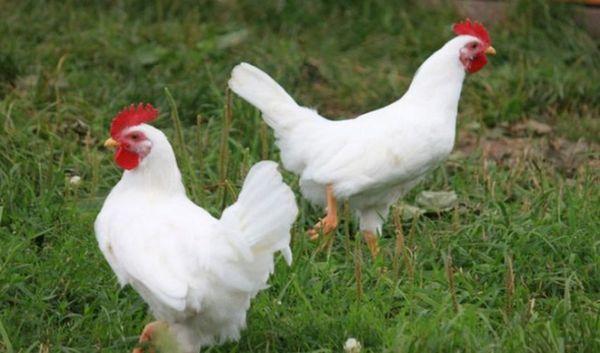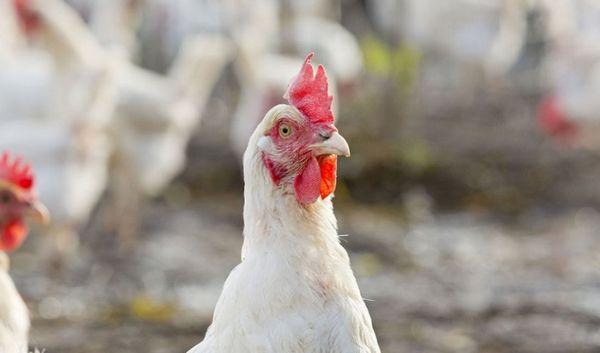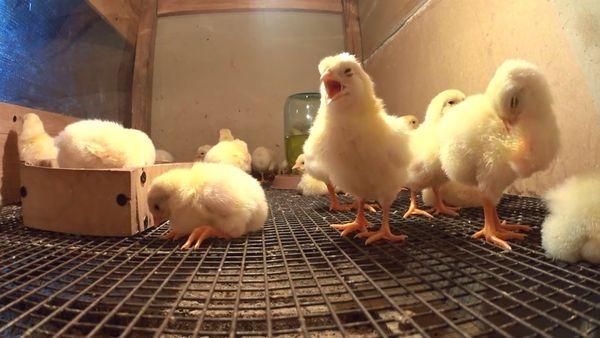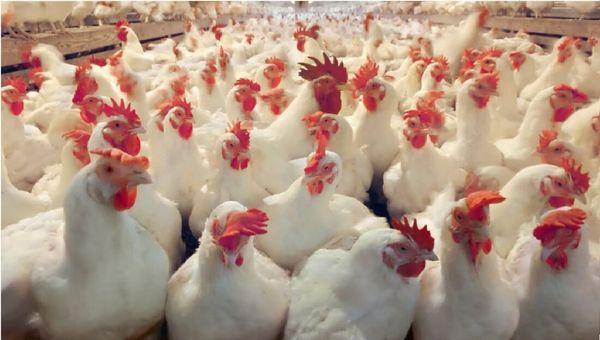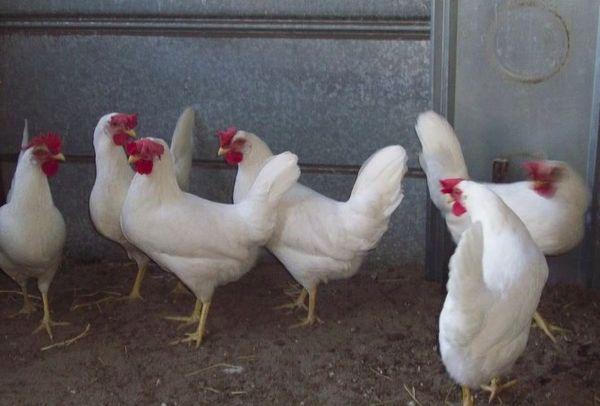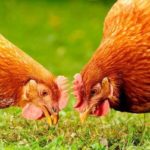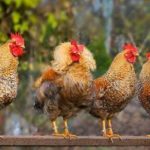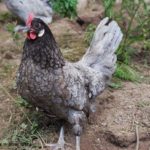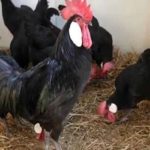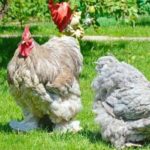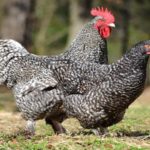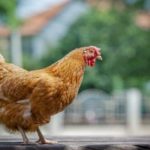The key characteristics when choosing a chicken breed are productivity, endurance and unpretentiousness to environmental conditions. The Dekalb White chicken breed fits these criteria and can be bred in private backyards and on an industrial scale.
- Origin of the breed
- Appearance of Dekalb White chickens
- Productivity
- Eggs
- Meat
- Bird temperament
- Advantages and disadvantages
- Conditions of detention
- Ventilation and lighting
- Internal structure of the chicken coop
- Drinkers and feeders
- Walking area
- Seasonal molt
- What to feed?
- Chickens
- Adults
- Breeding Tips
- What diseases is the breed prone to?
- Hypovitaminosis
- Pecking
- Overheating
Origin of the breed
A relatively new breed of chickens has spread from America. Selection research was carried out by Dekalb Poltr Research, which explains the name of the breed. During selection, the main goal was to achieve maximum quality and quantity of egg production. As a result, it was possible to develop a cross characterized by abundant productivity and increased egg mass.
Appearance of Dekalb White chickens
The breed is not particularly beautiful, so chickens are bred exclusively for eggs and meat, without preparing birds for exhibition events. Chickens have a medium-sized build. The small head is located on a wide and short neck. The legs are short, the comb is red, unstable and usually hangs down. The weight of an adult female reaches 2 kg, a rooster - 2.5 kg.
During the peak period of egg production, hens often look unattractive. Some individuals become plucked and shabby due to high consumption of nutrients.
Productivity
When planning to breed the Dekalb White breed, you need to familiarize yourself with productivity indicators. This information will help you calculate the required number of hens.
Eggs
Over the course of a year, a chicken lays up to 350 white-shelled eggs. The weight of each is 70-75 g. The Dekalb White breed is characterized by active maturation of chicks to a sexually mature state. Birds begin laying eggs at the age of 4 months, and after another six months, the peak of egg production occurs.
Meat
After plucking and cutting the birds, it is possible to obtain 1.5-2 kg of clean meat. The products are distinguished by high taste characteristics and juiciness.
Bird temperament
Chickens have a calm and peaceful disposition. This helps them get along easily with other breeds in a common walking yard.Birds don't start fights or peck eggs. At the same time, it can be difficult for birds to adapt to new places, so changing environmental conditions leads to a temporary decrease in productivity.
Advantages and disadvantages
The Dekalb White breed is valued for a number of comparative advantages. The list of positive qualities includes the following:
- high egg production with moderate feed consumption;
- early maturation to productive age;
- soft character;
- possibility of breeding in cages;
- unpretentiousness to everyday care and living conditions.
In addition to many advantages, the species has certain disadvantages. These include:
- insufficiently developed brooding instinct;
- maintaining high productivity for only two years;
- the need to heat the chicken coop during cold winters.
Conditions of detention
Despite the absence of specific requirements for environmental conditions, achieving high productivity is possible only if a number of nuances are observed. By properly arranging a place for breeding birds, you will be able to obtain maximum benefits and reduce the risk of developing diseases.
Ventilation and lighting
Ventilation in the poultry house can be achieved using a standard exhaust vent with a damper or by installing a complex ventilation duct, which is placed under the roof. Fresh air circulation is necessary to eliminate pungent odors and prevent bacterial growth. For lighting, it is recommended to use a pair of fluorescent lamps or a white LED strip.
Internal structure of the chicken coop
When constructing a poultry house, it is recommended to adhere to the figure of 5 adult chickens per 1 square. This will provide the birds with sufficient space and will not allow them to freeze when cold weather sets in.It is important to protect the room from through blowing and seal all existing cracks.
Windows should be equipped with sealed double-glazed windows. The main requirements for perches are convenience and stability. Places for placing birds can be built on several floors, since due to their light weight, chickens can easily climb to the upper tiers.
Drinkers and feeders
Dekalb White chickens should have constant free access to feed and clean water. Drinkers with liquid can be made vertical, which will save on the arrangement of the poultry house. A nipple drinker will cost more, but will be more convenient to use. In a small yard you can put simple cups of water and food, but they will get dirty more often.
Walking area
The best option would be to add a walking yard to the chicken coop so that the birds can always go out into the fresh air. It is preferable to set up a walking area on the grass so that the chickens can additionally eat green food. It is also recommended to install a canopy from the sun and rain so that the birds can hide during unfavorable or too hot weather.
The size of the courtyard directly depends on the free space in the yard - it can be a couple of squares in size or be a spacious fenced area. A fence up to 2 m high is built around the perimeter of the courtyard. To protect against birds of prey, you can cover the courtyard with a net.
Seasonal molt
Molting is a natural process for Dekalb White chickens. This method of renewing plumage protects the bird’s body from overheating or hypothermia. Feathers begin to fall out first in the neck area, then on the back, belly and wings. The process ends with changing the feathers on the tail.
Typically, molting occurs in the fall, and only chickens that reach sexual maturity molt in the spring. The period of renewal of the feather cover takes 1-2 months. During molting, the chickens' body is cleansed of accumulated toxins, metabolic processes accelerate, sexual activity stops, and egg production decreases.
What to feed?
A properly selected diet for chickens has a beneficial effect on their development and productivity. Birds need to be provided with a nutritious diet high in protein and calcium. A lack of these components will result in the shells of laid eggs being soft and deformed.
Chickens
The young animals need to be fed in plenty, constantly adding food to the feeders. It is not allowed to give chickens food that is difficult to digest. The best option would be to use special feed for Dekalb White birds that contains all the useful components. When creating your own diet, you need to include carbohydrates, proteins, fats and a vitamin complex.
Adults
Adult Dekalb White chickens can be fed with ready-made feed or mash and mixtures from prefabricated components. The advantage of using ready-made feeds is that they are balanced in the content of nutrients, contain a vitamin and mineral complex and can be selected according to the age of the birds.
When preparing food for chickens, you can use fresh grass, corn and wheat cereals, grated potatoes and carrots, and chopped green onions. You can feed birds not only with clean water, but also with fermented milk products, including kefir.
Breeding Tips
One of the disadvantages of the Dekalb White breed is a poorly developed brooding instinct.Due to the suppressed maternal instinct, it is recommended to use an incubation machine for breeding offspring. For incubation, it is necessary to select from all the eggs the best large-sized specimens that are free of defects.
Since during the first two months chickens lay eggs that are not fully developed, it is better to use material for hatching from the third month of their egg production. Using a professional incubator, even a novice farmer will not encounter problems, since the survival rate of chickens is almost 100%.
What diseases is the breed prone to?
Violation of the recommended diet and unfavorable environmental conditions increase the risk of developing diseases. The Dekalb White breed is characterized by several diseases with pronounced symptoms. In order to promptly notice their manifestation, you need to regularly examine the condition of the chickens.
Hypovitaminosis
The causes of hypovitaminosis in chickens are the lack and poor absorption of vitamin A and the provitamin carotene by the body. The disease leads to slow growth and development, decreased immunity, the manifestation of dermatitis, peeling of the epidermis, and a decrease in productivity.
To combat the consequences of hypovitaminosis, you need to add the missing components to the basic diet. In particular, it is recommended to feed birds red carrots, green food and complex vitamin preparations.
Pecking
Pecking is considered a pathology of bird behavior and leads to hens showing aggression towards other birds, plucking feathers, and pecking at laid eggs. The problem often occurs in adult birds during periods of plumage change and egg laying.
To prevent pecking, you need to watch the birds and separate aggressive individuals from their fellow birds.
In a number of situations, changing the lighting to infrared lamps helps reduce the risk of pecking and aggressive behavior of Dekalb White birds.
Overheating
Elevated temperatures in birds negatively affect their development and egg production. To reduce the likelihood of overheating, the chicken coop should be equipped with ventilation, and during hot periods, baths with cool water should be installed.

